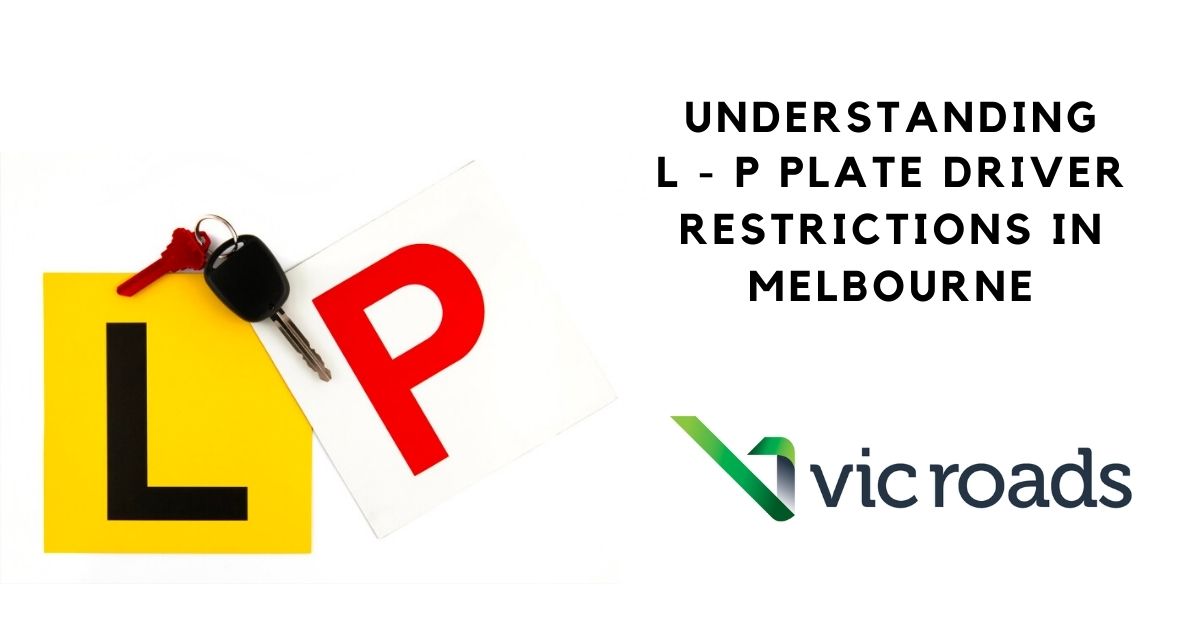Are you a new driver in Melbourne looking to understand the ins and outs of L and P plate restrictions? Navigating the roads as a learner or probationary driver can be daunting, but with the right knowledge, you can confidently cruise through your driving journey. In this guide, we’ll delve into the specifics of L and P plate restrictions in Melbourne, covering everything from licensing requirements to driving rules and regulations.
Understanding the Graduated Licensing System:
In Victoria, the Graduated Licensing System (GLS) is designed to gradually introduce new drivers to the complexities of the road while ensuring their safety and the safety of others. The system consists of three main stages: the Learner Permit, the Probationary (P1 and P2) Licenses, and the Full License.
Learner Permit (L Plate):
To obtain a Learner Permit in Melbourne, aspiring drivers must be at least 16 years old, pass a written knowledge test, and undergo an eyesight test. Once obtained, learners are required to display L plates prominently on their vehicle whenever they are driving. Additionally, they must be accompanied by a fully licensed driver at all times.
Driving Restrictions for Learner Drivers:
- Learners must adhere to a zero blood alcohol concentration (BAC) limit.
- They cannot use a mobile phone while driving, including hands-free devices.
- Learners must accumulate at least 120 hours of supervised driving experience, including 20 hours of night driving, before progressing to the next stage.
Probationary License (P Plate):
After successfully completing the learner period and passing a practical driving test, drivers can graduate to a Probationary (P) License. The P Plate stage is further divided into two sub-stages: P1 and P2.
Probationary Phase 1 (P1 Plate):
Drivers graduate to a P1 License once they have held their Learner Permit for at least 12 months and have passed the hazard perception test. P1 drivers must display red P plates on their vehicle and are subject to certain restrictions:
- A zero BAC limit applies.
- P1 drivers cannot use a mobile phone at all while driving, including hands-free devices.
- They must not drive high-powered or high-performance vehicles.
- P1 drivers are limited to a maximum speed of 90 km/h, regardless of the posted speed limit.
Probationary Phase 2 (P2 Plate):
Upon completing at least 12 months on a P1 License without any traffic infringements, drivers can progress to the P2 stage. P2 drivers must display green P plates and are subject to fewer restrictions:
- A zero BAC limit still applies.
- P2 drivers can use hands-free mobile phone devices but are prohibited from using handheld phones.
- They may drive high-powered or high-performance vehicles.
- P2 drivers must still adhere to a maximum speed limit of 100 km/h.
Transition to Full License:
After successfully completing the P2 phase, drivers graduate to a Full License, provided they meet all necessary requirements. This includes completing a driver education course and passing a final assessment.
Conclusion:
Understanding the L and P plate restrictions in Melbourne is crucial for new drivers to ensure their safety and compliance with the law. By understanding the requirements and restrictions at each stage of the Graduated Licensing System, drivers can confidently progress towards obtaining their Full License while developing the skills and experience necessary to become safe and responsible drivers on Melbourne’s roads. To get your license in the first go, contact Vikas Driving School today!

